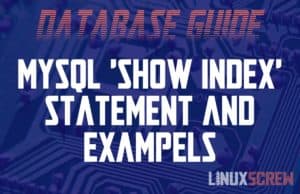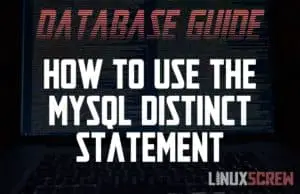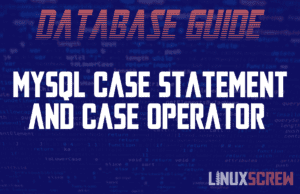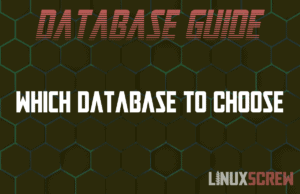Home » Programming » Databases
Copy a Table in MySQL/MariaDB – How To, With Examples
This article will show you the BEST way to copy a table, with or without the data in it, in MySQL and MariaDB. Copying the Table with All Data in MySql The following code will copy a table including all data using the CREATE TABLE LIKE statement: CREATE TABLE new_table_name LIKE database_name.old_table_name; INSERT new_table_name SELECT * FROM database_name.old_table_name; There are other methods, some single line, but this is probably the best and simplest one. Why did I choose this method? Because it copies the table … Read more







![The MySQL LIMIT and OFFSET Clauses [with Examples] 7 MySQL LIMIT and OFFSET Clauses](https://cd.linuxscrew.com/wp-content/uploads/2021/03/MySQL-LIMIT-and-OFFSET-Clauses-300x194.png)


![How To Check your MySQL (Or MariaDB) Version [Easy] 10 Check MySQL Version](https://cd.linuxscrew.com/wp-content/uploads/2021/01/Check-MySQL-Version-300x194.png)